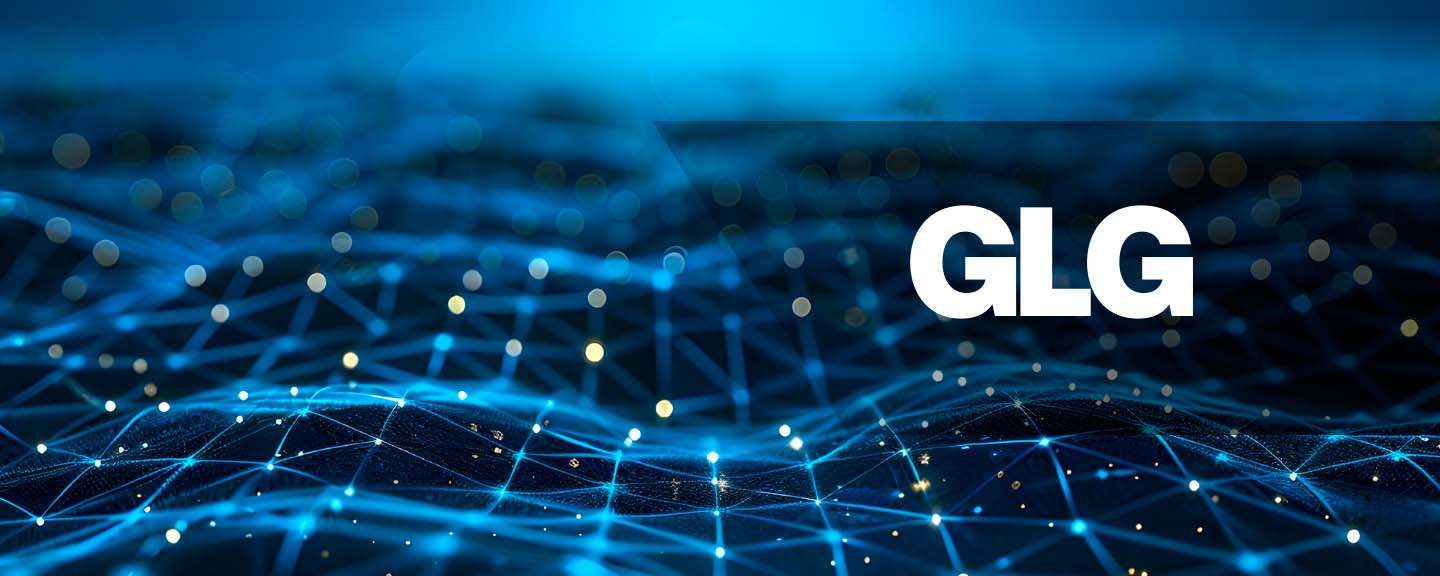 Market insights
Cost-Effectiveness Analysis: Expert Networks vs. In-House Research Teams
Market insights
Cost-Effectiveness Analysis: Expert Networks vs. In-House Research Teams
In one of our recent articles, we discussed the value that DEI initiatives can bring to organizations ranging from higher cost savings due to lower employee turnover to higher profitability and more effective problem-solving. But incorporating these values and initiatives takes time, effort, and most importantly, a strategic approach.
In this article, we provide a comprehensive roadmap to incorporate expert networks into your DEI strategy to ensure the best results in the shortest amount of time. Below, you’ll find a six-phase blueprint to help you to navigate expert consults better and implement their insights more effectively.
Phase 1: Assessment and gap analysis
From the very outset, it’s essential to diagnose your DEI starting point accurately. To solve existing problems and systemic inequities, it’s important to understand what they are. Simply put, you can’t fix what you don’t measure. This is when expert networks come in and act as a diagnostic tool that shows you where you’re at with unflinching precision, whether it’s workforce demographics, pay equity gaps, or promotion disparities.
Begin with an organizational DEI audit. Expert networks provide professional consultants who deploy advanced tools such as a sentiment analysis platform to decode patterns in engagement surveys, exit interviews, and even Slack communications. Research shows that psychological safety – a key metric in these audits – can reduce attrition risk to as low as 3%. Compare that to the UK’s current annual turnover rate of 28%, where nearly one in three employees are eyeing an exit.
But internal metrics only tell part of the story. Expert networks provide proprietary industry benchmarks, revealing how your retention of underrepresented talent stacks up against sector leaders. These insights spotlight gaps and opportunities, transforming vague aspirations into targeted action plans.
Our recommendations:
- Audit your current policies for systemic gaps using cross-industry benchmarks
- Map DEI goals to business outcomes (e.g., innovation, market expansion).
Phase 2: Strategy development and goal setting
The goal? To craft a DEI blueprint that doesn’t just dream big but also delivers. Expert networks are the linchpin here, turning lofty strategies into grounded, actionable frameworks. Seasoned consultants acquired via expert networks don’t just analyze data; they transform it into roadmaps that organizations can actually follow.
HR and legal experts from these networks bring something that internal teams often lack: innovative, daring, and unvarnished perspectives.
They dig into the granular details – recruitment algorithms, promotion pathways, even meeting dynamics – to uncover the hidden biases that quietly exclude. And they don’t just point out problems; they bring solutions, drawing from a global playbook of case studies.
But none of this works without buy-in. Resistance to DEI doesn’t always involve malice; it’s often misunderstanding. Here, change management specialists can step in to reframe the conversation.
They design workshops that don’t just preach but prove, showing finance teams how inclusive hiring boosts ROI or helping operations managers to realize how diverse teams can solve problems faster. They speak the language of every stakeholder, turning DEI from an abstract ideal into a tangible advantage.
Our recommendations:
- Draft anti-bias frameworks for hiring, promotions, and remuneration
- Design accessibility standards for physical/digital workspaces.
Suggested reading: Best Competitive Intelligence Tools for Strategic Insights in 2025 and Beyond
Phase 3: Capability building and implementation
The goal isn’t simply to talk about a DEI strategy – it’s to do it and turn theoretical principles into corporate muscle memory. Start with inclusive leadership training; certified coaches don’t just lecture managers, they drill them.
Role-playing scenarios expose subtle microaggressions, and workshops can rebuild meeting dynamics to prioritize psychological safety. Then comes the heavy lifting – an overhaul of the recruitment process. DEI architects dissect talent systems, replacing outdated practices such as resume screenings that favor pedigree over potential.
Think blind evaluations that strip away demographic cues or competency-based reviews that focus on results, not rapport. These aren’t theoretical fixes, they’re proven to reduce bias and dismantle subjective gatekeeping.
Our recommendations:
- Train leaders to recognize microaggressions and foster psychological safety
- Re-engineer talent acquisition processes (e.g., blind recruitment, skills-based evaluations)
- Use expert networks to find trainers and coaches who fit your DEI strategy.
Phase 4: Ecosystem engagement and partnership development
True inclusion leaks beyond office walls. Supplier diversity isn’t charity, it’s strategy. Certification experts help to identify minority-owned vendors, not just to check boxes but to build resilient, community-rooted supply chains.
Picture a retail giant shifting procurement toward underrepresented businesses thereby strengthening local economies while earning customer loyalty. Then, industry collaboration, where peer networks share blueprints for progress.
Healthcare providers, for instance, might co-create apprenticeship programs that open the door to marginalized talent, blending resources and expertise to scale impact faster than any one organization could alone.
Our recommendations:
- Identify and onboard certified diverse suppliers/vendors using expert networks
- Facilitate cross-sector partnerships to scale shared DEI programs.
Phase 5: Measurement and impact optimization
Metrics matter when they drive action. DEI dashboards track everything from promotion parity to psychological safety scores, linking inclusion data to business outcomes. However, it takes a seasoned professional to interpret this data and, more importantly, extract actionable insights.
Understanding DEI data and having a truly adaptive strategy will keep your efforts agile. Quarterly reviews with DEI economists will identify emerging gaps and recommend corrective changes.
Our recommendations:
- Build real-time dashboards linking DEI metrics to operational performance
- Conduct bias audits of AI/algorithmic tools used in HR or customer-facing systems.
Suggested reading: Expert Networks vs. Traditional Consulting: When to Use Each and Why
Phase 6: Cultural institutionalization and sustainability
The endgame? Making DEI as permanent as payroll. Governance integration embeds inclusion into an organization’s DNA. Think of board reports that scrutinize DEI metrics as fiercely as profit margins or executive bonuses that are tied to inclusive leadership benchmarks – a move proven to slash staff turnover by aligning incentives with outcomes.
Our recommendations:
- Embed DEI into board reporting templates, executive compensation structures (e.g., tying bonuses to inclusion KPIs), and compliance audits
- Conduct third-party reviews to align practices with global standards (e.g., UN Sustainable Development Goals, ISO diversity metrics)
- Track progress against industry peers and emerging best practices
- Build evergreen training content that is updated with evolving norms (e.g., neurodiversity inclusion, global cultural competence).
Final thoughts
DEI isn’t the finishing line – it’s what triggers modern businesses to thrive and innovate. What began as moral rhetoric has hardened into operational necessity, a shift from “why?” to “how’?”
Expert networks are the accelerant here, translating lofty ideals into systems that can withstand scrutiny, turnover, and market chaos. They dismantle the myth that DEI is a ‘soft’ skill, revealing it instead to be a discipline of data, design, and relentless iteration.
The path forward is about structural rewiring by introducing leaders who are trained to spot bias in real time, supply chains that are rebuilt to reflect community equity, and metrics that tie inclusion to bottom-line outcomes. This work demands embedding DEI into governance, remuneration, and daily workflows until it becomes an invisible infrastructure, like electricity.
Resistance is inevitable. But, in a world where talent votes with its feet and consumers demand accountability, half-measures will become liabilities.
Companies that treat DEI as optional will most likely encounter inconsistencies that will become major obstacles in the long run, whereas those that institutionalize it will outpace, outthink, and outlast.
The question isn’t whether organizations can afford to prioritize DEI. It’s whether they can afford not to make it the bedrock of everything they do.



